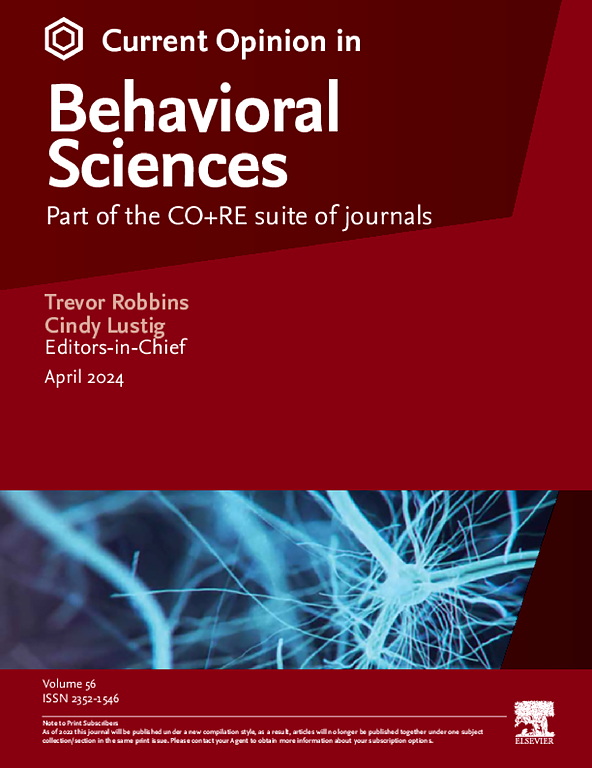快速动眼期睡眠的多样性
IF 3.5
2区 心理学
Q1 BEHAVIORAL SCIENCES
引用次数: 0
摘要
最近,人们在分子和神经回路层面对睡眠和觉醒调控的理解取得了进展。从无脊椎动物到脊椎动物等各种动物物种,对睡眠进化的研究也取得了显著进展。对脑电图和其他睡眠生理特征的开创性研究提出了两阶段睡眠的概念,将某些动物的睡眠分为两个阶段:慢波睡眠(SWS)和快速眼动睡眠(REMS)。目前,人们普遍认为哺乳动物和鸟类都存在慢波睡眠和快速眼动睡眠。虽然这些睡眠阶段已在多种动物身上观察到,但关于它们的作用和进化起源的争论仍在继续。这篇综述通过评估不同物种中REMS的相似性和差异性,讨论了REMS的多样性。本文章由计算机程序翻译,如有差异,请以英文原文为准。
Diversity of REM sleep
Recently, progress has been made in understanding sleep and wakefulness regulation at the molecular and neurocircuitry levels. Research on the evolution of sleep has also advanced remarkably across a wide range of animal species, from invertebrates to vertebrates. Pioneering studies on electroencephalography and other physiological features of sleep have raised the concept of two-stage sleep, categorizing sleep in some animals into two stages: slow-wave sleep (SWS) and rapid eye movement sleep (REMS). Currently, it is widely accepted that SWS and REMS occur in mammals and birds. Although these sleep stages have been observed in a wide range of animals, debates continue regarding their roles and evolutionary origins. This review discusses the diversity of REMS by evaluating their reported similarities and differences across various species.
求助全文
通过发布文献求助,成功后即可免费获取论文全文。
去求助
来源期刊

Current Opinion in Behavioral Sciences
Neuroscience-Cognitive Neuroscience
CiteScore
10.90
自引率
2.00%
发文量
135
期刊介绍:
Current Opinion in Behavioral Sciences is a systematic, integrative review journal that provides a unique and educational platform for updates on the expanding volume of information published in the field of behavioral sciences.
 求助内容:
求助内容: 应助结果提醒方式:
应助结果提醒方式:


